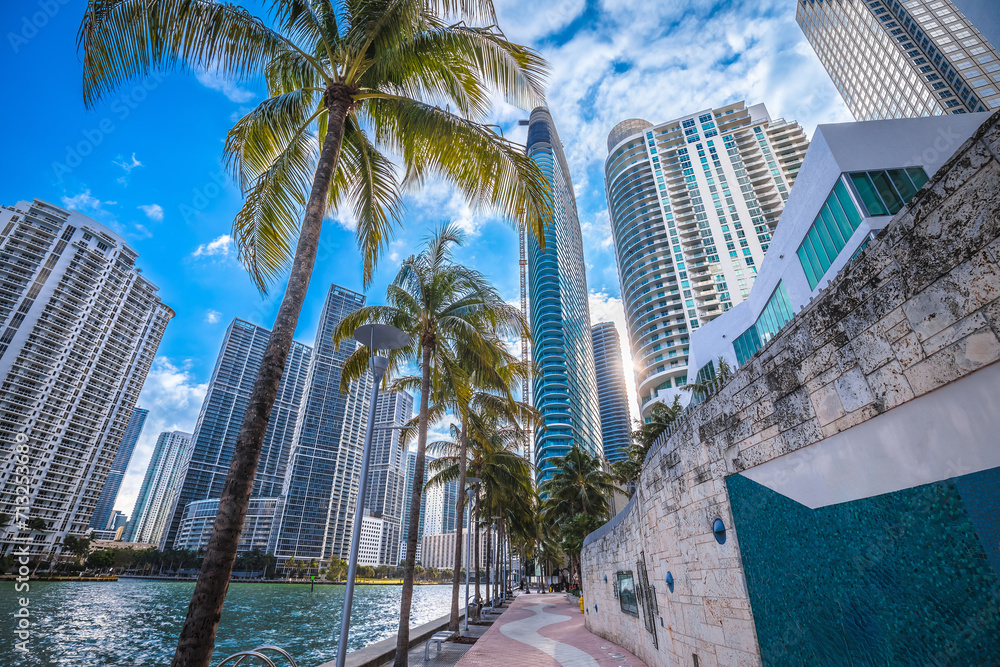

Regional Real Estate Trends Align with National Direction
I had the opportunity to participate as a speaker at the recent Urban Land Institutes (ULI) Central Florida 2024 Real Estate Trends Conference in Orlando. The annual Conference brings together the industry’s top experts to present the most relevant economic factors, latest trends, and cutting-edge innovations impacting the future of land-use opportunities in Central Florida.
I had the opportunity to participate as a speaker at the recent Urban Land Institutes (ULI) Central Florida 2024 Real Estate Trends Conference in Orlando. The annual Conference brings together the industry’s top experts to present the most relevant economic factors, latest trends, and cutting-edge innovations impacting the future of land-use opportunities in Central Florida. The key themes I found compelling are:
- We are in a cycle called the Great Reset
- There are opportunities to unpack sustainability within capital markets; and,
- There are payoffs in integrating sustainable materials in developments.
The Great Reset. Chuck DiRocco from Price Waterhouse Coopers (PwC) shared how he sees a slow but optimistic road ahead for the industry in the U.S and Florida. There are three drivers at play – Economic Interplay, Behavioral Economics and External Influences. He talked about “Higher and slower for longer” as a major trend – interest rates are higher (but slowly reducing), economic growth continues but is slower, and this will continue for a longer period. Investors are itching to buy but finding pricing challenging (especially considering interest rates) and are trying to navigate through investment outlooks which vary by sectors. “Slower economic growth will force owners and investors to get back to the basics of income and cash flow versus relying on cap rate compression for returns.” Other considerations include: a focus on observing where millennials are living, working, and playing as they present 40% for the current workforce; the Sunbelt includes 15 of the top 20 markets to watch, and; investors are factoring climate risk as a part of their decision making for acquisitions and dispositions.
Capital Markets and Sustainability Advantage. In my discussion with Luke Wickham, Senior Managing Director at IPA Marcus Millichap, we talked about how the Florida market is still booming, the economy is good, and deals are beginning to close, especially in the multi-family housing sector. We also discussed how incorporating sustainability into acquisitions, due diligence, and operations, can increase the assets competitive advantage. This can also increase asset premiums and help secure preferential rates and green finance options for projects that meet certain sustainability criteria. The ability to unlock access to new capital sources ranges from federal and local governments, direct loans, PACE programs, and private equity as examples.
Sustainable Materials. Ryan Snow, Regional Director of U.S. Market Transformation and Development at USGBC, spoke with developers and suppliers of renewable composites and cold form steel, about emerging sustainable material trends. With indoor air quality tracking to be three to four times worse than outside air, healthy materials selection has increased in focused with transparent disclosures on product health. Circularity of products are a focus with 600 million tons of construction and demo waste discarded in the US every year. Circularity in materials and the ability to reuse or reinvent is being explored during raw materials selection, manufacturing, through construction and de-construction, disassembly and eventually what goes or does not go to the landfill. Lastly, embodied carbon from building materials accounts for at least 11% of global energy-related GHG emission. Regulations are underway globally that are looking at the emissions associated with embodied carbon of materials. There are several strategies that can be used during design and construction phases to reduce embodied carbon building emissions.
Below are some great resources that were referenced during the conversations:
We are hiring!
We are looking for creative and energetic professionals that are passionate about sustainability, real estate, using data and analytics to drive results, and making a difference. Come join our team.




